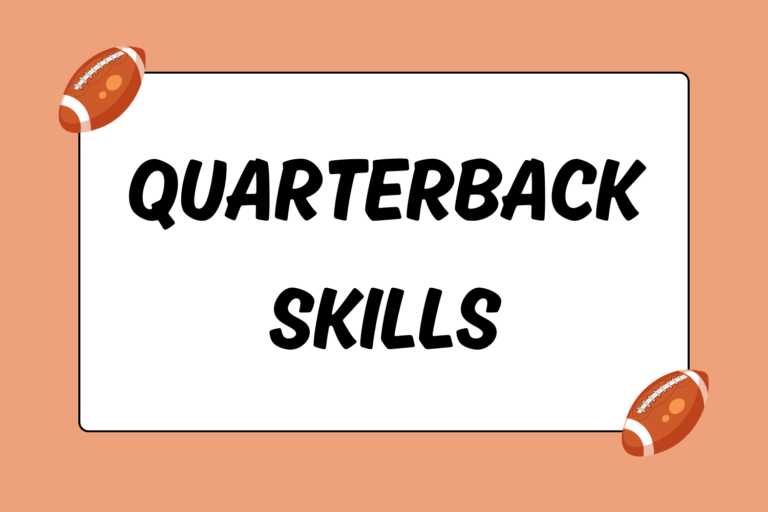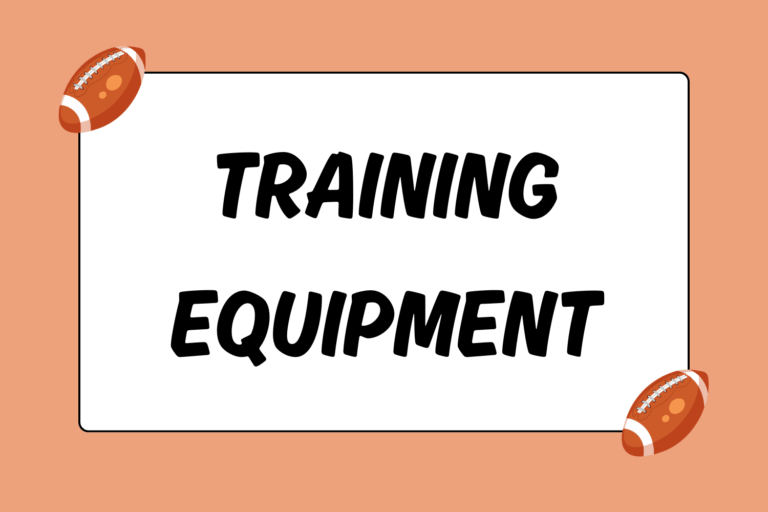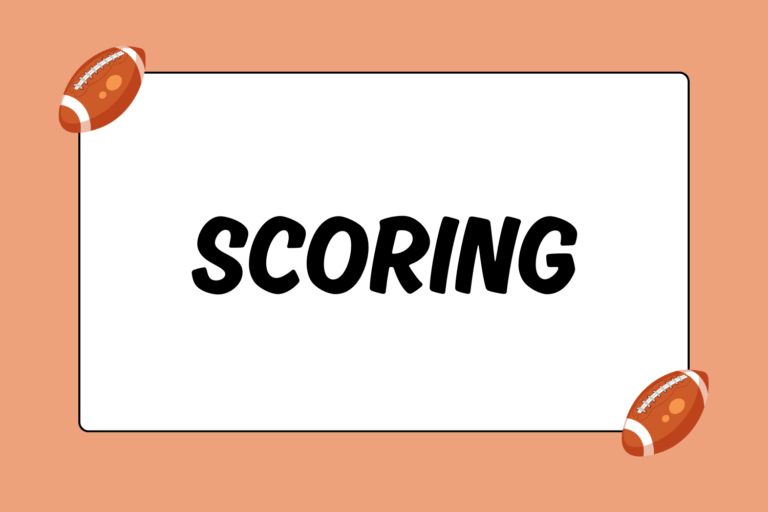Most football fans have a functional understanding of the game. For example, they know that possession of the ball changes after fourth down, and they can expect a pass on third and long. However, occasionally an element shows up in the game that is noticeably unique, either because of what it does or how it looks. This guide identifies two of football’s more distinctive personnel formations.
The Overloaded Offensive Line
The rules require that at least seven offensive players line up at the line of scrimmage (LOS) prior to the snap. However, there is plenty of flexibility in terms of the specific arrangements in which they can line up. For example, a routine offensive line (O-line) formation has the five linemen in the following arrangement: Tackle, guard, center, guard, tackle. Add a tight end to one side, and that makes six players in the box, with three players to one side of the center and two to the other side.
Such formations refer to the side with the tight end as the strong side, because there are more players on that side of the ball — and sometimes, it gets even stronger. Occasionally, the offense will line up an additional lineman on the strong side. This type of formation is referred to as an overload, as one side of the O-line is “overloaded” with players.
Why Use It?
The immediate advantage created by using an overloaded O-line is that it confuses the defense. They’re likely expecting a normal O-line formation, and for at least a few moments the defensive players — especially the line and linebackers — will likely be unsure about how to react. If the offense can run a play during these moments of confusion, the play has potential to be successful.
Even if defensive players aren’t thrown off by the unusual personnel arrangement, they’re likely to be hesitant about how to react once the play actually starts. The unusually high number of players on the overloaded side of the line would seemingly indicate a run play to that side. However, it would be just as easy to use the overload as a distraction and run to the opposite side of the line—or even throw a pass.
The Wildcat
In and of itself, the wildcat formation isn’t anything more than a standard shotgun formation. The unique quality comes from the personnel involved — specifically, the fact that a running back lines up where the quarterback normally takes the snap. Another running back would be in the backfield, and the rest of the offensive players would be lined up as they normally would in the shotgun.
Why Use It?
With the wildcat, a better question would be, “What do I need to use it?” The answer is a running back that can throw. True, many quarterbacks have the ability to both scramble and throw — players such as Michael Vick and Denard Robinson fit this description. However, defenses immediately recognize that such players are a dual threat, and expect them to run and pass the ball in equal measures. In the wildcat, the ball immediately goes to a running back, which adds an element that’s similarly present with run-happy QBs: Defensive uncertainty.
- With a scrambling QB, defenders accept the fact that the QB can run with the ball, but they know the QB usually wants to throw it first.
- With the wildcat, on the other hand, defenders know that a RB won’t shy away from contact like a QB normally would. They expect a run, but know (and perhaps learn too late) that there’s the possibility of a pass.
The key to success in the wildcat is replacing the QB with a RB that’s capable of reading the defense much like a QB would.
Gaining the Edge
The strategies outlined in this guide are just two of the many different ways that offenses can keep the defense guessing. The key element is novelty—some new or unusual piece that makes the formation different from what the defense was expecting. Of course, the more something gets used, the less unique it becomes, and the better prepared teams will be to handle it.





